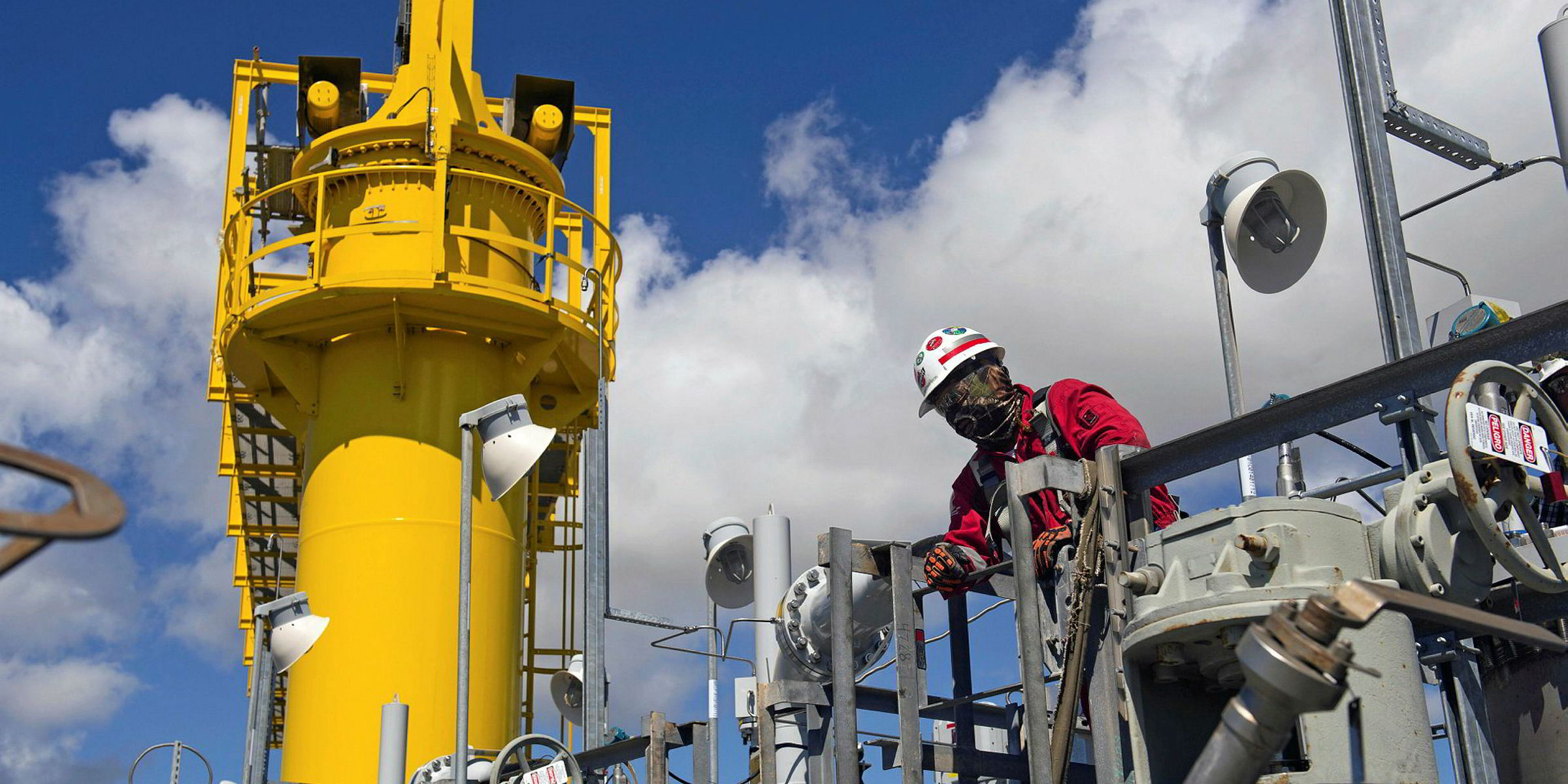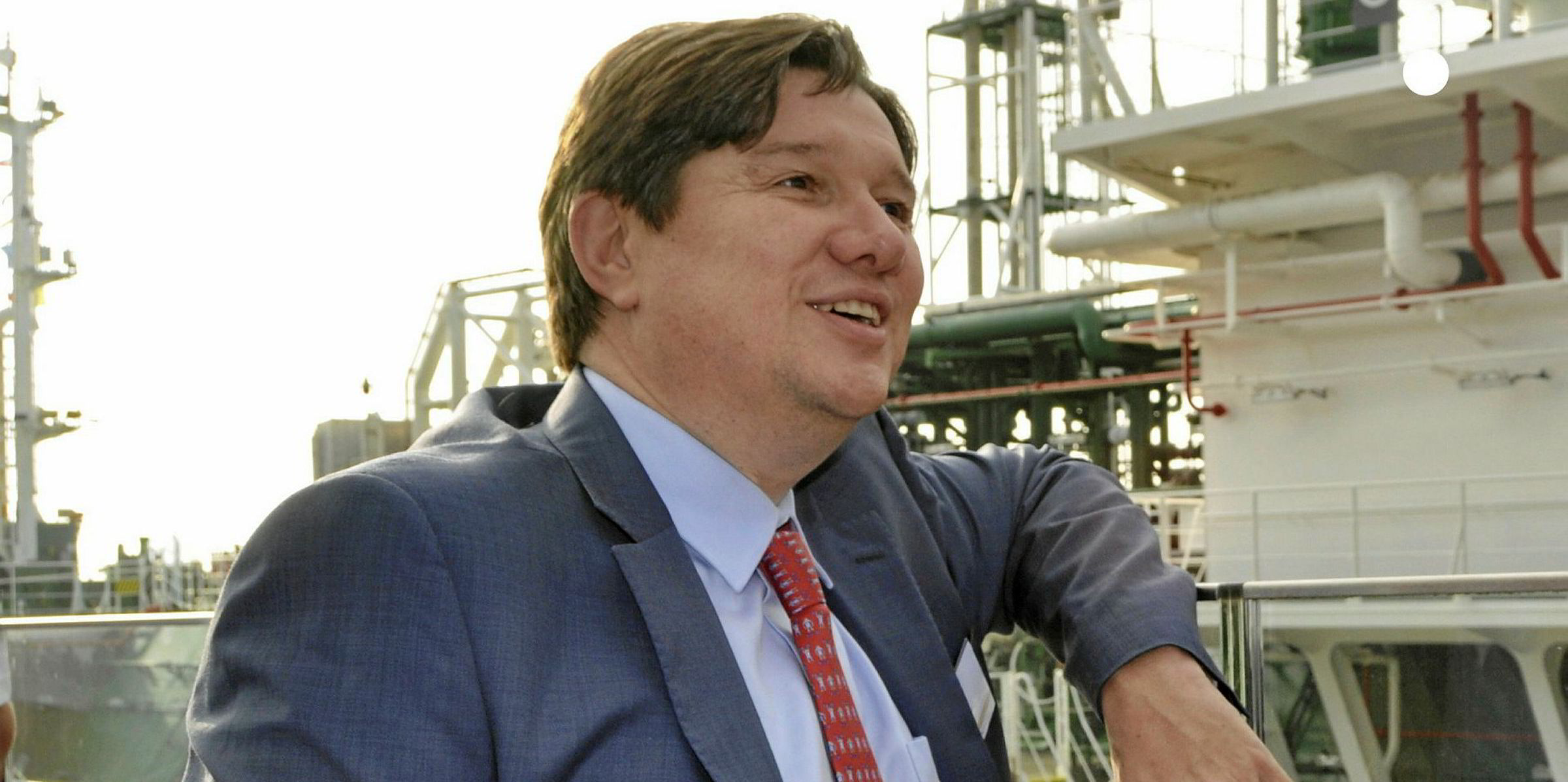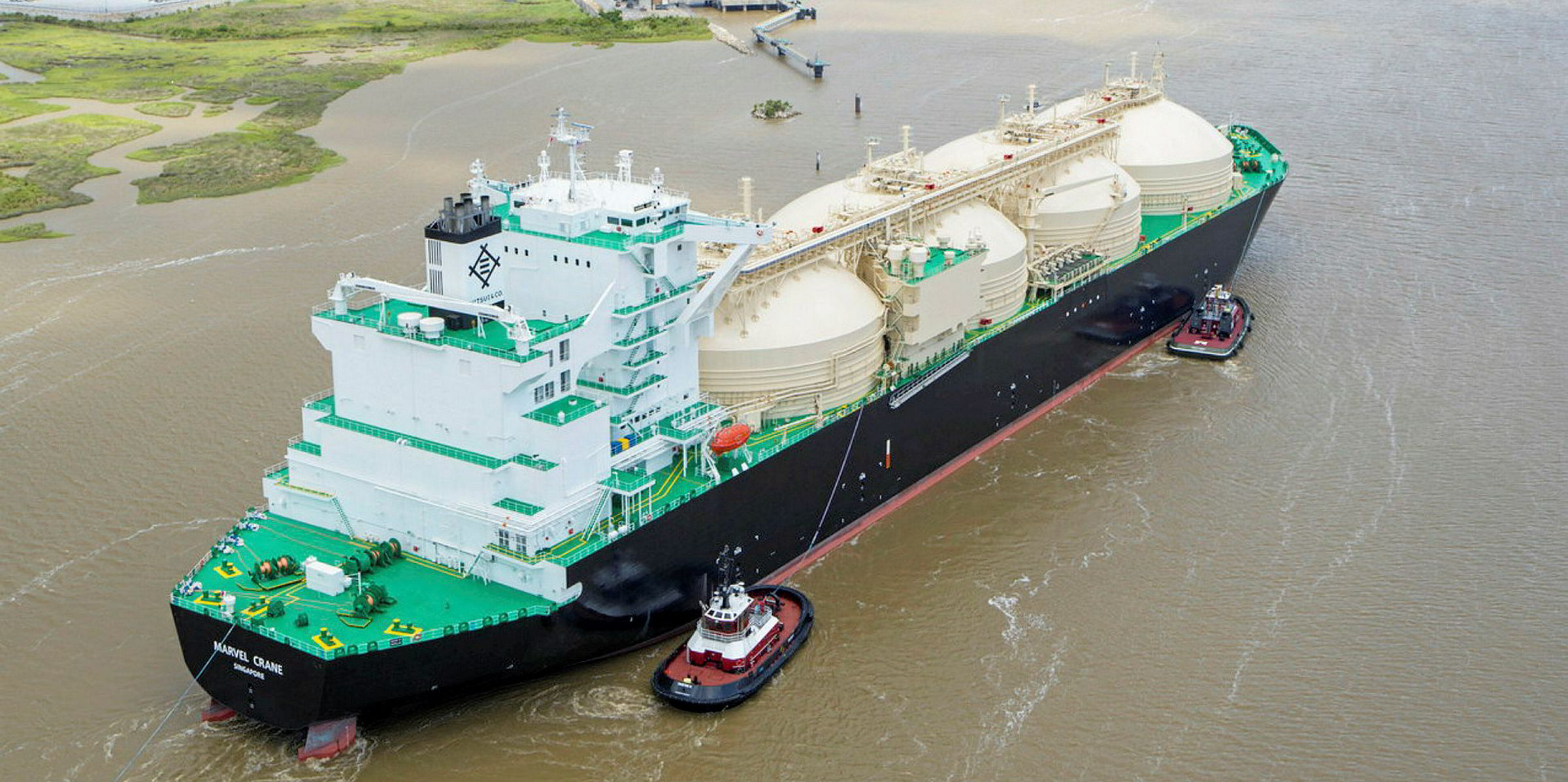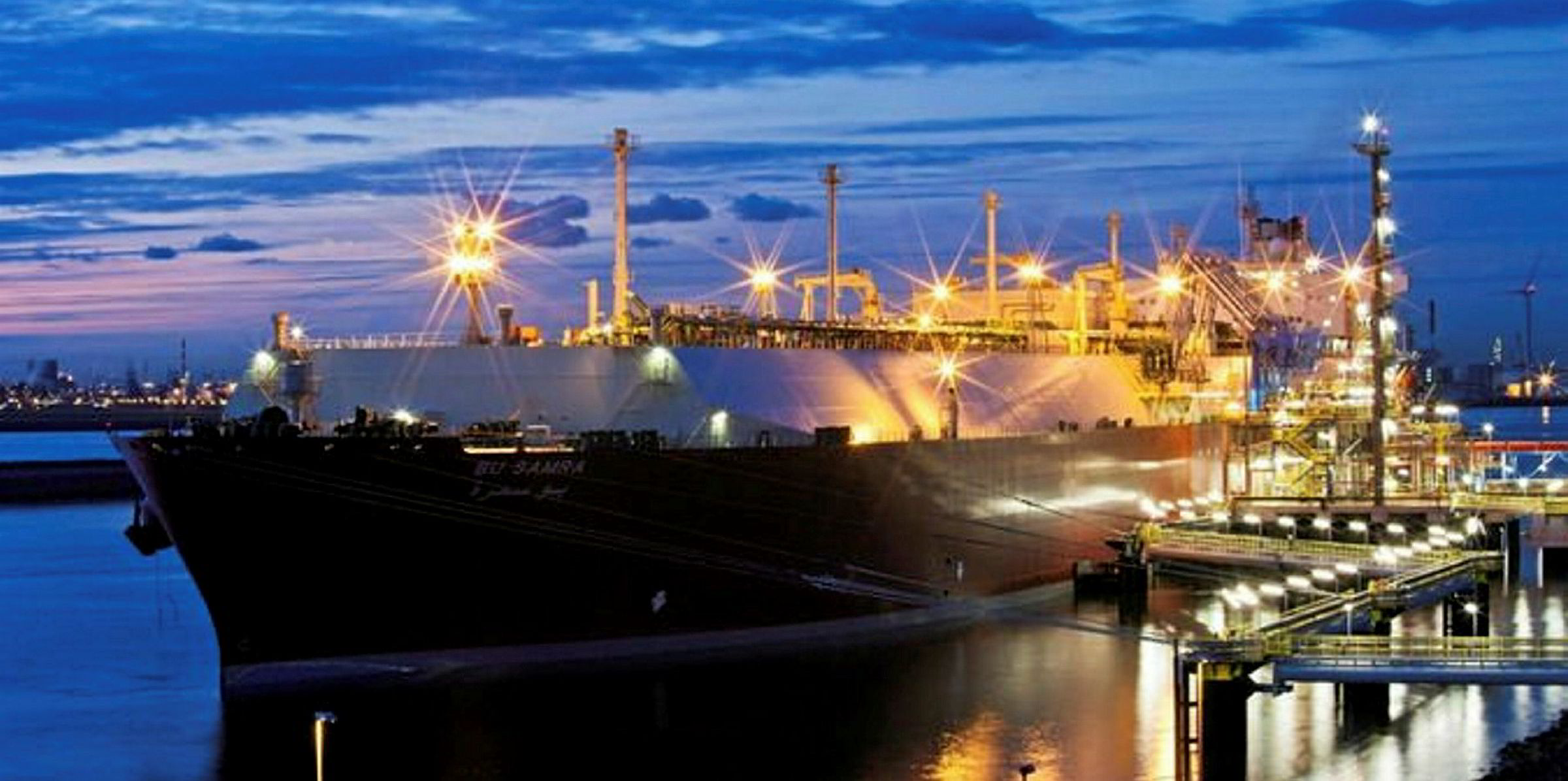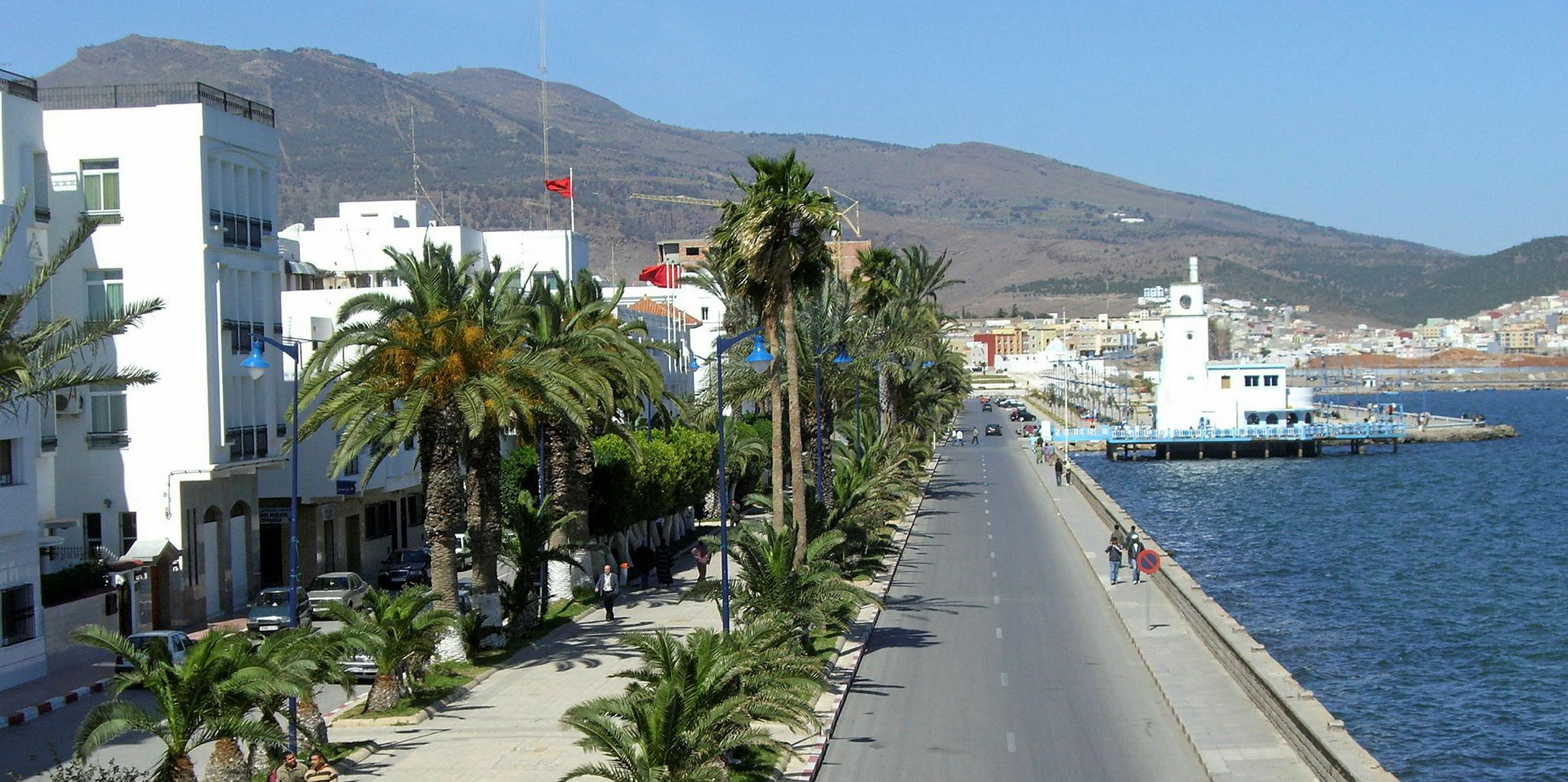LNG industry participants, from liquefaction developers through to shipowners and downstream consumers, need to look at how to cut methane emissions and reduce costs if LNG is to remain a competitive and attractive energy source in the move to a low-carbon future.
Delegates at this year’s CWC World LNG Summit & Awards in Rome heard how the LNG market will grow to 400 million tonnes per annum by the end of next year and expand to 500-mtpa by 2025, with more liquefaction projects in the pipeline beyond this.
From the big producers, such as Qatargas and Novatek, the talk was of further expansion.
Qatar has just announced its intention to double its planned expansion to bring 49-mtpa more LNG onstream by 2027 and Qatargas’ chief commercial and shipping officer Alaa Abujbara said it is the right time to do this, as putting the liquefaction and shipping in place takes time.
Novatek chief financial officer and deputy chairman of the management board Mark Gyetvay spoke of the potential for a 700-mtpa market, hinting at a wealth of new projects in the Russian Arctic.
Existing big buyers like those in Japan and South Korea spoke about the need to balance the shift over to renewables with the use of natural gas. But the transition picture is not always easy to read.
LNG buyer South Korea SK E&S president and chief executive Jeong Joon Yu said the government is looking to close 27 coal-fired power stations and is keen to increase the use of renewables.
Hiroki Sato, JERA managing executive officer and senior operating officer business development department, explained that the reopening of closed nuclear plants in Japan is not reducing LNG demand, because of the increasing switch from oil to gas for power generation.
But energy majors and producers such as Total, BP, Shell and Cheniere Energy had a clear message they were battling with how to balance what they see as the need to deliver more energy to meet an expected growth in global demand, while simultaneously trying to reduce greenhouse gas emissions.
Data drones
BP chief operating officer LNG Jonty Shepard said global natural gas demand is projected to grow by 50% by 2040 and LNG is going to account for 15% of this. But he said there is a need to reduce the carbon footprint of LNG.
Shepard said BP is taking a three-pronged approach to this.
The company is measuring the full carbon footprint of LNG, including monitoring the methane emissions using drones to livestream data in some cases.
It is also trying to ensure stable and competitive pricing so LNG can be a substitute for other fuels and as a back up for renewables, he said, highlighting how the company has replaced its steam-turbine ships with more efficient ME-GI newbuildings.
Shepard said the industry needs to develop new markets. He highlighted those looking at LNG-to-power — such as BP’s upcoming Porto Acu power plant development in Brazil that will use a BW LNG floating storage and regasification unit, gas for industrial uses and LNG as a transport fuel.
Other speakers echoed this point, talking about challenges of creating new demand as export volumes rise, particularly from the US, and the need to innovate.
To date, Europe has been the recipient of many of these cargoes. But with storage maxing out this winter and more new LNG cargoes due to emerge in 2020 and in the longer term, portfolio players have their eyes set on how to create new markets.
From the buyers' perspective, Brazil is one country that plans to make full use of new LNG volumes to feed its power generation needs.
Rodrigo Costa Lima e Silva, Petrobras executive manager for gas and power detailed at least five LNG terminal plans, some already signed, which will use floating storage and regasification units and small-scale vessels to import cargoes.
Several speakers at the conference were in favour of carbon taxing.
Total deputy senior vice president LNG Thomas Maurisse, who described the energy major as both “part of the problem and the solution”, said his company is advocating giving a price to carbon.
“This will penalise oil, gas and coal, but in proportion to their emissions, but will at least trigger investment in lower emissive fuels,” he said.
